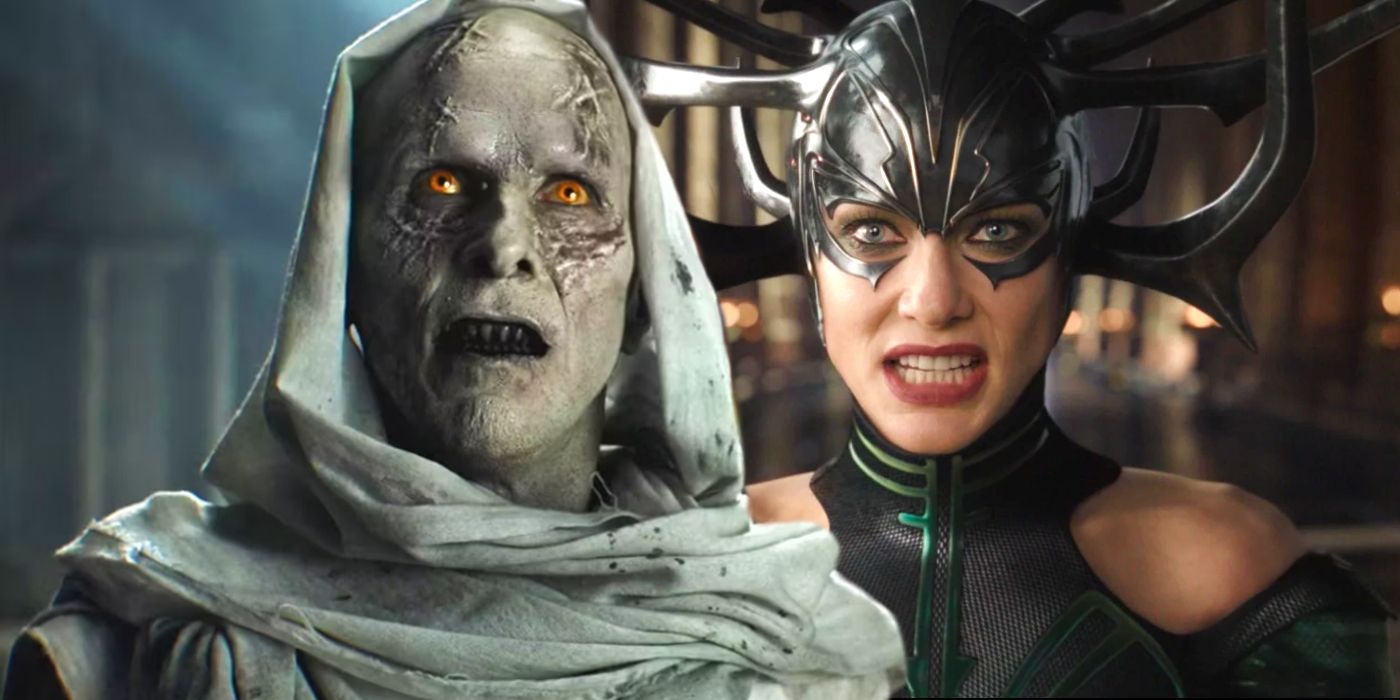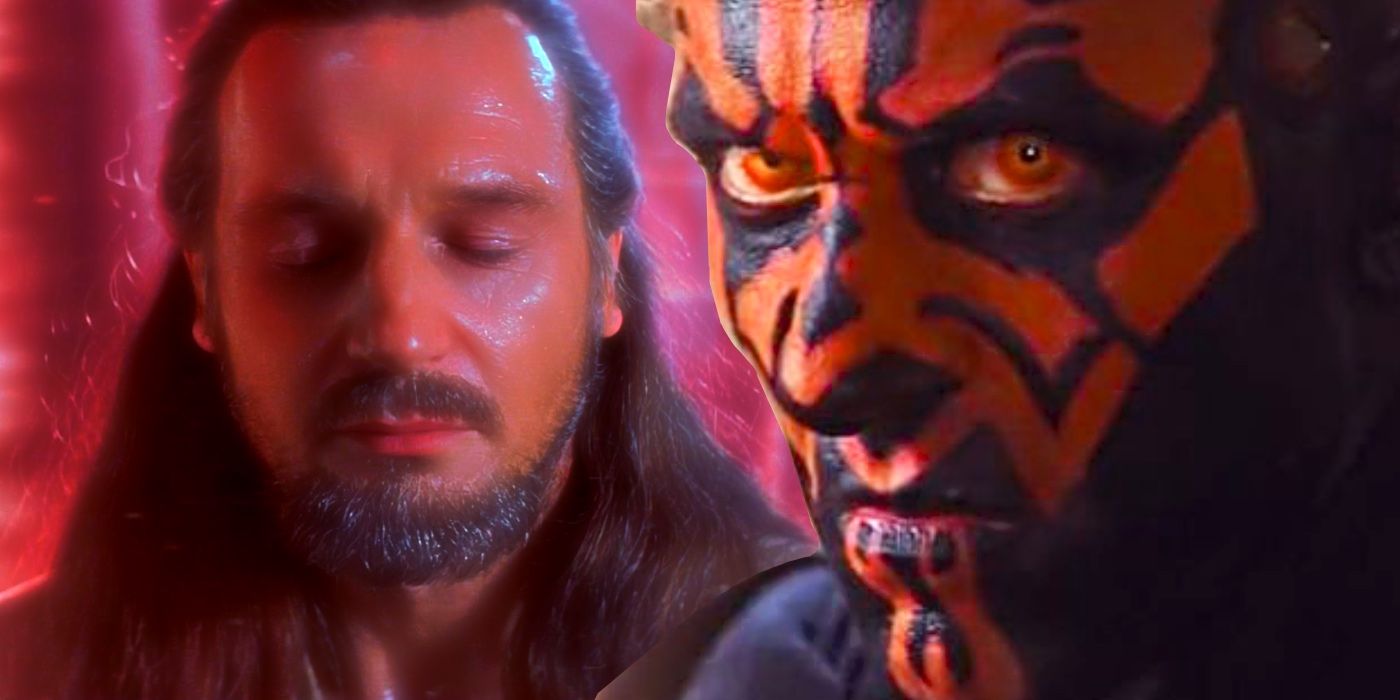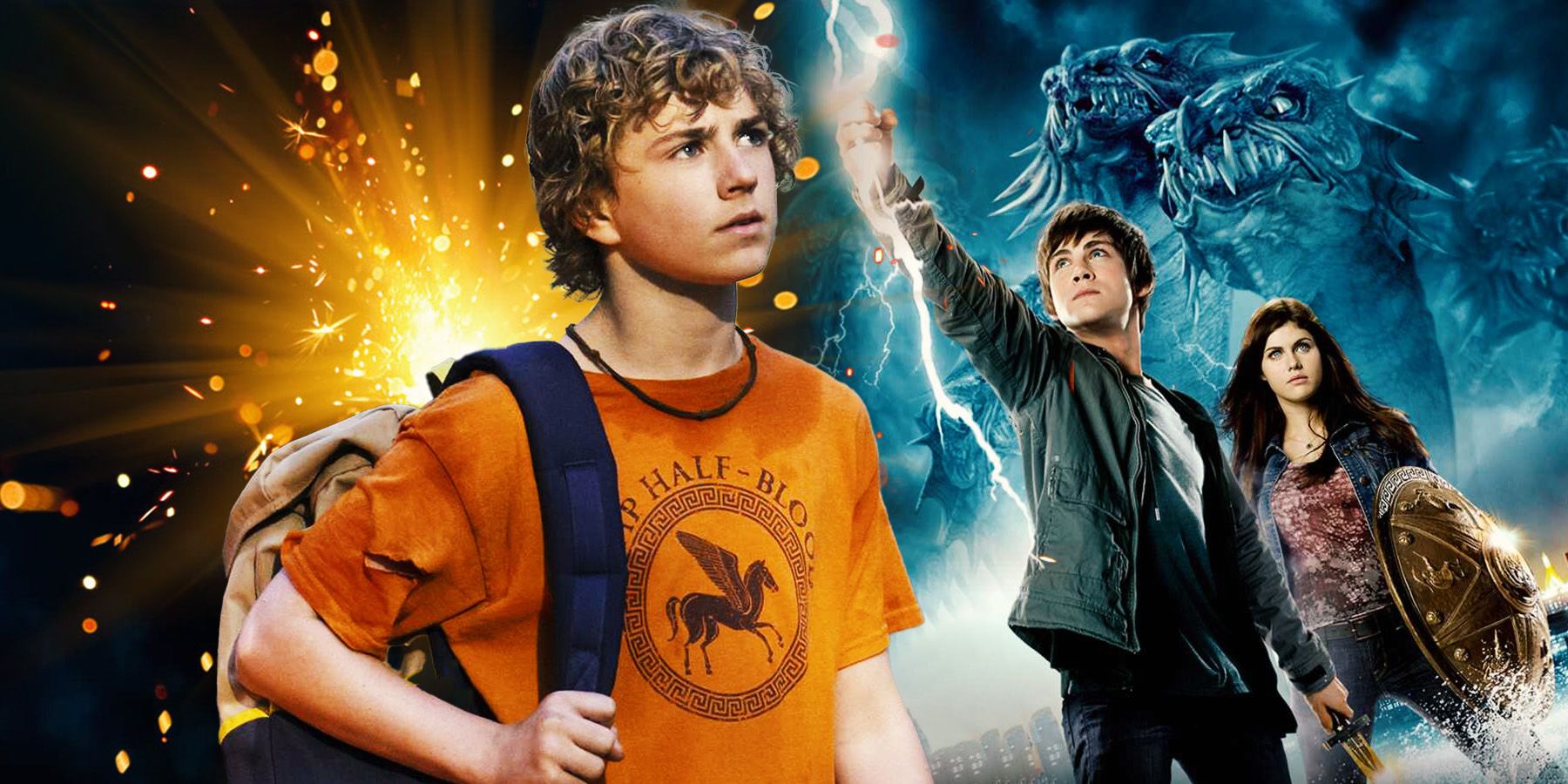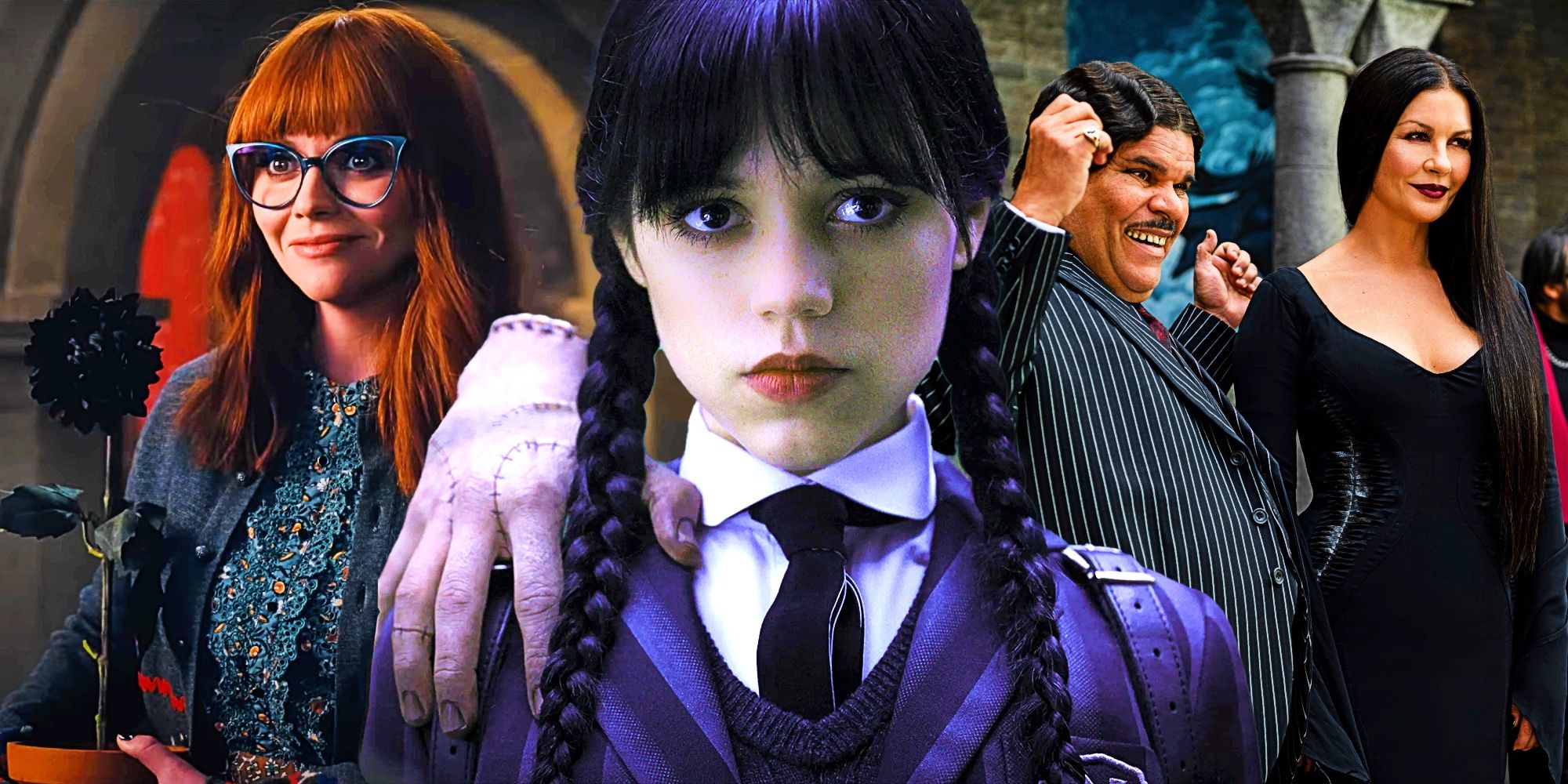Sci-fi movies often pioneer new techniques and methods of storytelling in cinema, with several groundbreaking movies that were way ahead of their time. Sci-fi tends to be more of a playground for filmmakers, where they can be experimental and tell stories beyond the confines of what is real and possible at that moment. TV shows in this genre, like Star Trek, have even been instrumental in guiding developments in new technology such as communication devices, medical scanners, and virtual and augmented reality experiences.
Films have played a similar role in delivering big ideas that are ahead of their time and influencing the landscape of future entertainment, media, or even predicting developments in AI, surveillance, and how people use technology. From the earliest sci-fi films like Metropolis, to much more recent releases like The Creator, sci-fi films continue to ask big questions and look at what the future could look like. These films then continue to influence and inspire new stories that take those questions and ideas further to create a wonderful tapestry of creativity across the whole genre.
10 Metropolis (1927)
The Birth Of Dystopia
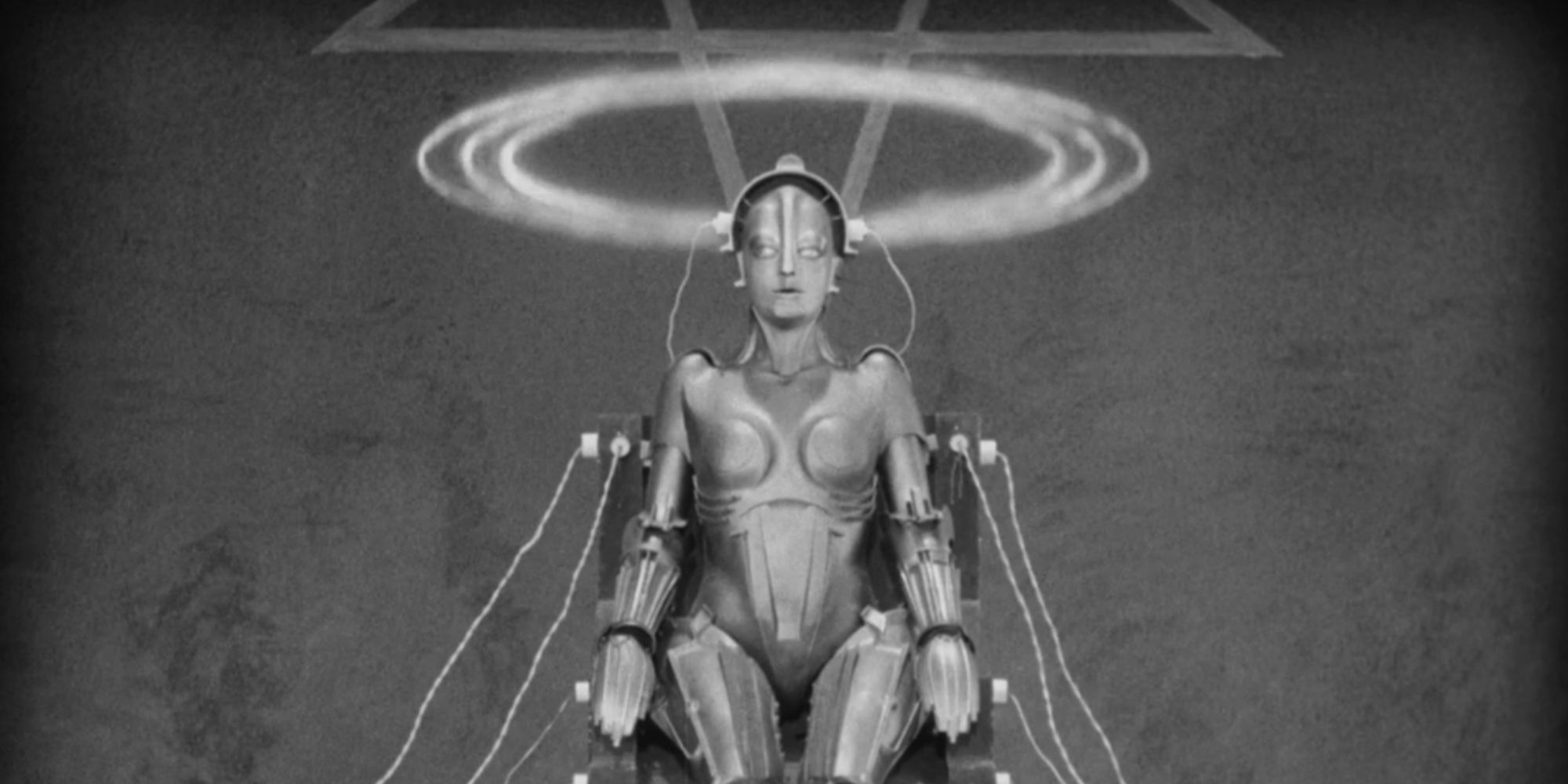
Metropolis was the most expensive film to produce when it was created, costing about $5 million to make. Sci-fi movies often need to build huge sets, employ clever cinematography tricks to create illusions, and essentially build another world. Metropolis does this to great effect, creating a cutting-edge city set in the future, back in 1927. It also led the way in creating a supposedly advanced society that had regressed to using archaic methods to achieve its goals, such as subjugating a large portion of society to work beneath the ground to keep the shiny sparkling city above working.
9 Invasion Of The Body Snatchers (1956)
Seeing Is Not Enough
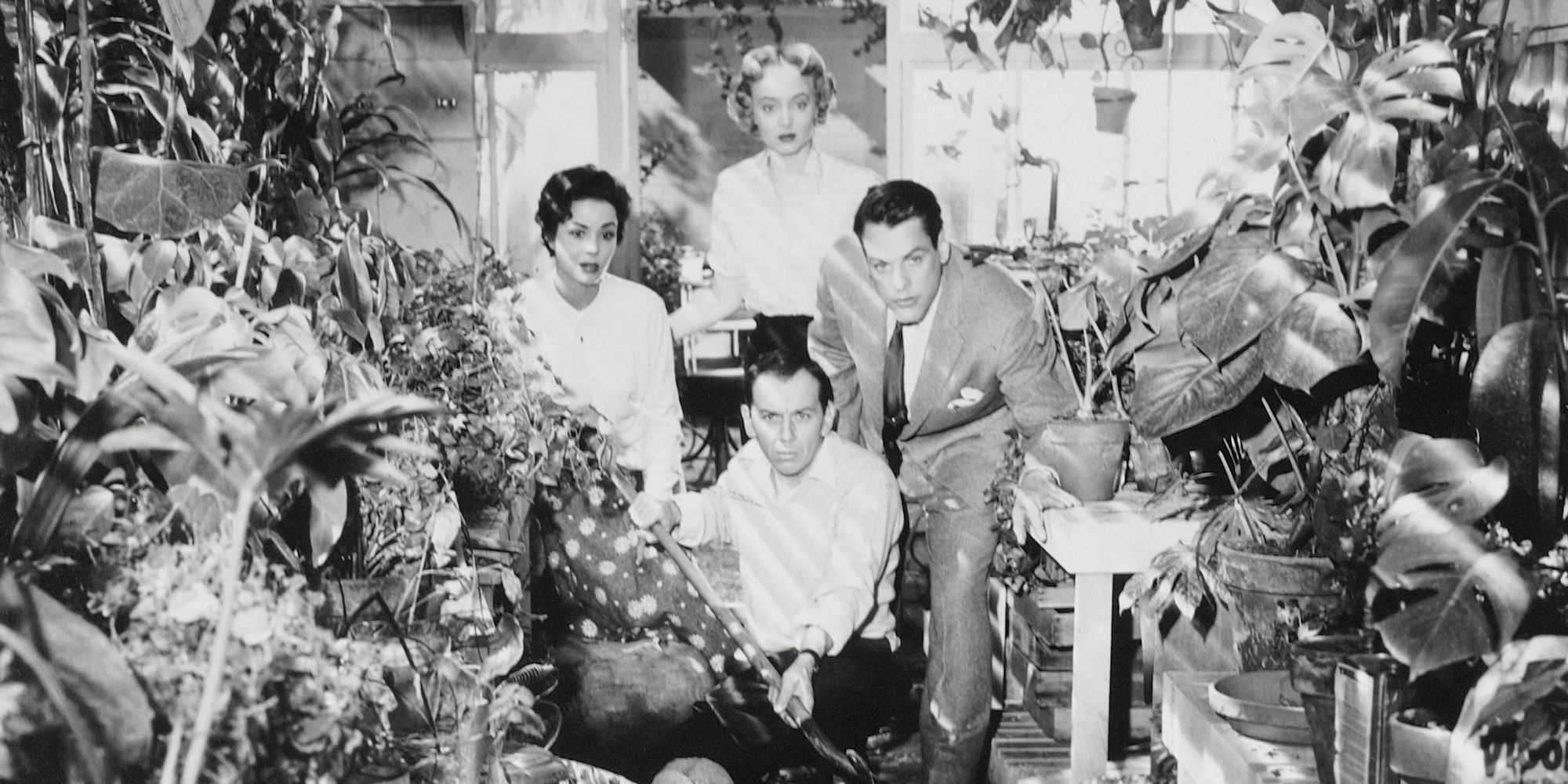
In 1956, Invasion of the Body Snatchers introduced the world to aliens from space who could perfectly replicate a human and take their place in society. This idea that seeing is not enough to trust what is and isn’t real is even more true today with advances in technology like deepfakes, the ability to replicate someone’s voice with AI, and other technological advances. The simplicity of the idea of the villains being indistinguishable from the good guys is also a concept that has been repeated dozens of times over in popular media, such as with the recent release of Marvel’s Secret Invasion.
8 2001: A Space Odyssey (1968)
When AI Becomes Sentient
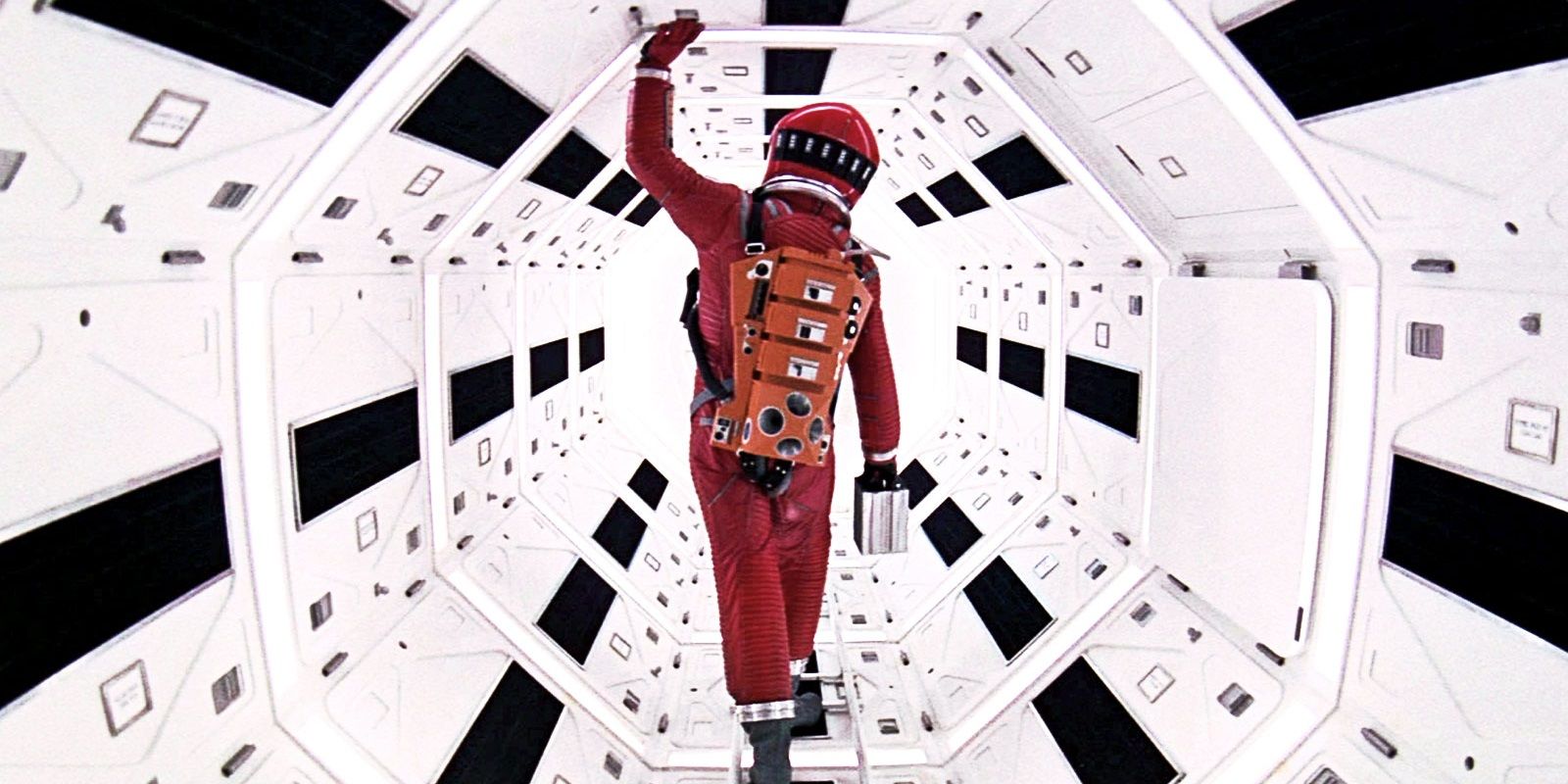
One of the most influential films ever created, Stanley Kubrick’s 2001: A Space Odyssey, has gone on to inspire many other stories and be referenced and parodied repeatedly, such as with the opening scene of Barbie. The film features an advanced computer assistant referred to as HAL 9000. The tension in the film builds when an error occurs which the humans suggest came from the computer, and HAL becomes increasingly aggressive and defensive, blaming the humans. This shift in the computer being a helpful assistant to a creature with independent thought who then attacks humans has influenced many other stories about AI in the decades since it was released.
7 Blade Runner (1982)
Robots That Are Indistinguishable From Humans
Ridley Scott’s adaptation of Philip K. Dick’s novel, Do Androids Dream of Electric Sheep?, Blade Runner, is a highly influential film in the world of sci-fi and beyond. When Harrison Ford’s Rick Deckard is employed to decommission some rogue robots, the story takes some unexpected turns as he learns how human the technology has become. Blade Runner caused a huge stir, with one of the biggest questions revolving around whether Deckard was himself a replicant as well. Considering the advanced replicant, Rachael, and her lack of awareness that she was a replicant, it raises questions about who is and isn’t real.
6 Brazil (1985)
Bureaucracy Gone Mad

Brazil is a twisted comedy film from the brilliant mind of Terry Gilliam. A more comical take on stories like George Orwell’s Nineteen Eighty-Four, Brazil explores a future where bureaucracy has been taken to extremes and many decisions and routines are carried out by imperfect computers prone to making errors. Much of modern society has been automated with digital customer service at the end of a phone or messaging service and computer errors or leaks in security that result in people’s information being shared. Brazil’s visuals have also gone on to inspire dozens of other projects, even influencing Loki’s TVA in the Disney+ series (via Marvel Studios Assembled).
5 Terminator 2: Judgment Day (1991)
CGI Way Ahead Of Its Time
James Cameron has continually pushed cinema forward thanks to his innovations and clever blending of visual and practical effects. Terminator 2: Judgment Day features a number of CGI scenes and a character capable of moving in impossible ways made from shape-shifting metal. Cameron worked with a highly skilled and creative team to create effects that still hold up today despite being made more than 30 years ago. Even the choice to make the metallic form resemble mercury was intentional as mercury has a unique look that feels unrealistic and would be easier to create authentically than trying to make hyper-realistic images of humans (via Vulture).
4 The Matrix (1999)
Which Experiences Are Simulated And Which Are Real
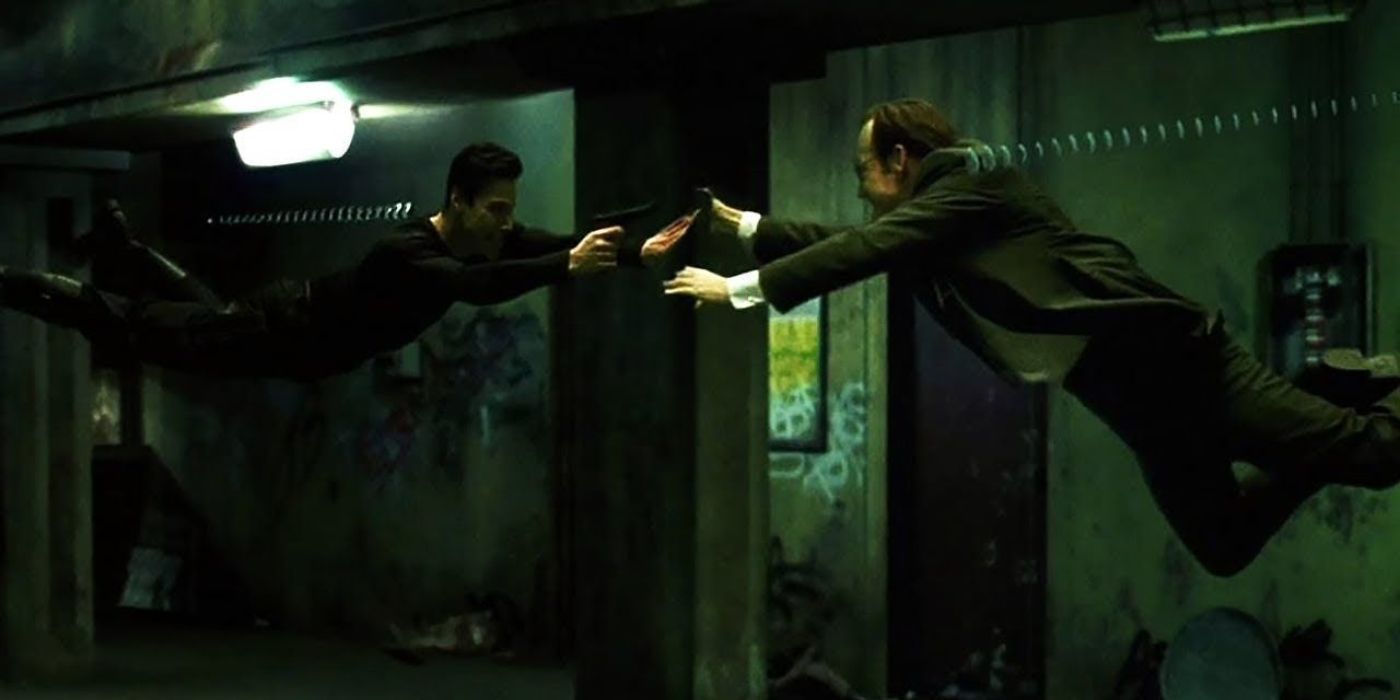
The Wachowski sisters released The Matrix at the turn of the millennium, and it quickly became a cultural phenomenon that influenced the world and introduced new words and phrases to common use. A world where humans live out their “real” lives inside a computer program, while their physical bodies are being used as batteries for machines. This concept of questioning the authenticity of reality and the world that exists around the protagonist all being a simulation, continues to inspire and influence stories and discussions today.
3 V For Vendetta (2005)
Big Brother Is Watching
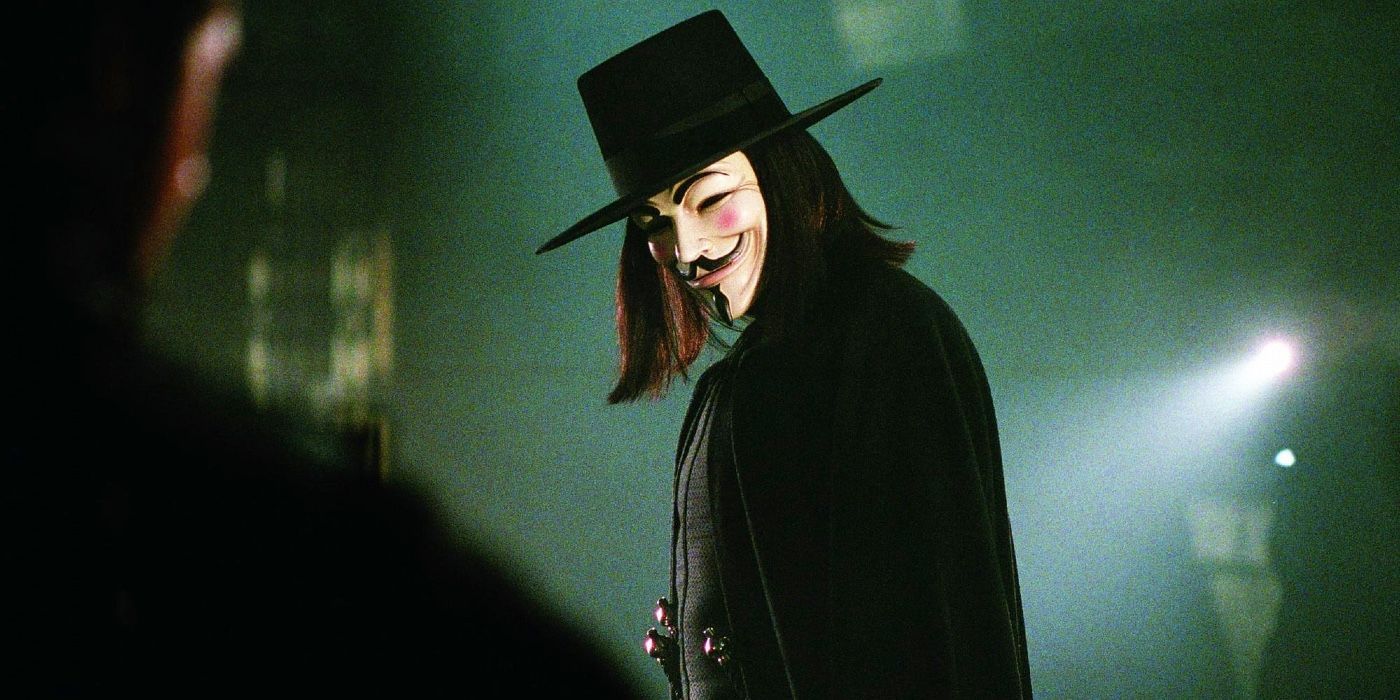
V For Vendetta, originally a comic book by Alan Moore and David Lloyd, details an alternate reality version of Britain where an authoritarian government takes control after a nuclear war breaks out in the 1980s. The adapted film was written by the Wachowskis and directed by James McTeigue, making some alterations, which arguably make it a more accurate prediction of modern surveillance. Everyone is being watched and listened to, with children turned into spies for the state and all media and entertainment carefully policed and censored. V for Vendetta’s censorship and surveillance continues to be something that makes this film feel more prescient as the years go by.
2 Her (2013)
Emotional Connection To AI
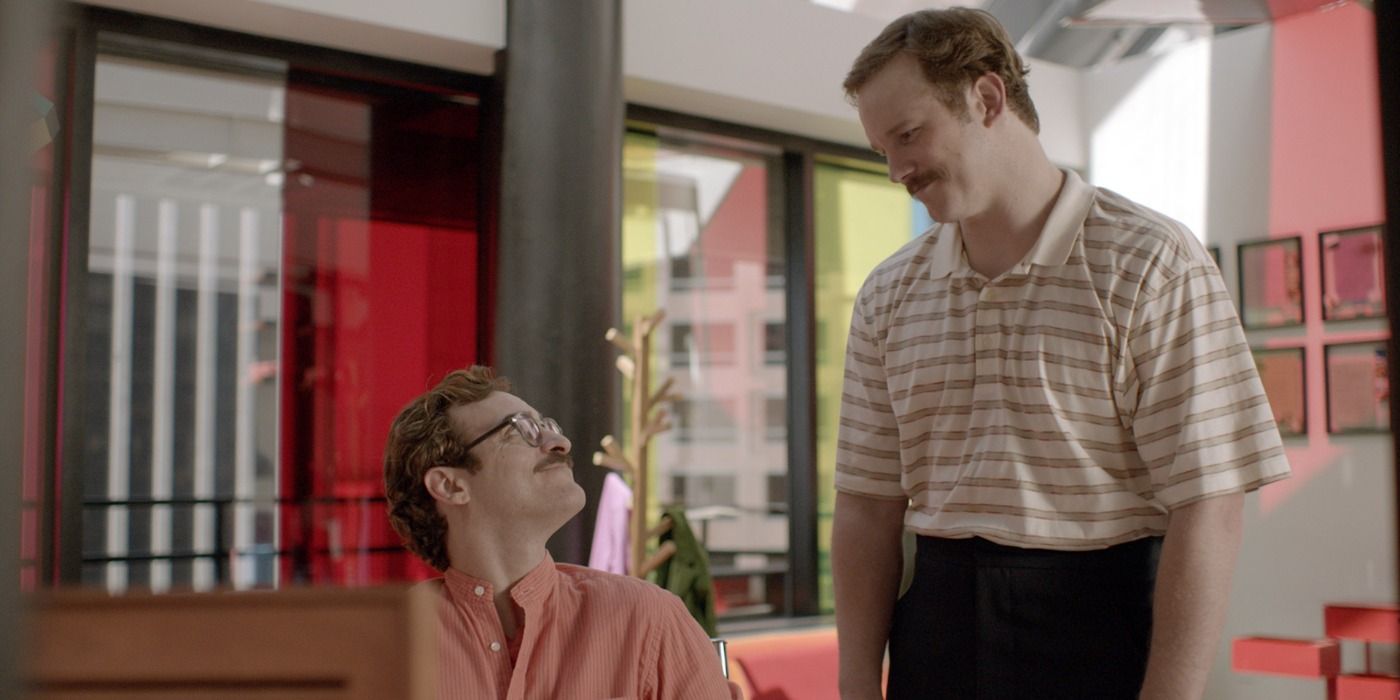
Spike Jonze tells a surreal story about a man (Joaquin Phoenix) who develops an intimate relationship with an AI voice assistant (Scarlett Johansson) in Her. The idea that AI could advance to such a level as to be loved and return those deep emotional feelings feels out of this world, but programs, robots, and games designed to help lonely people feel a connection have existed for years. The idea that these technologies could advance to such a degree that they actually experience emotions feels completely alien, but it is something that is being explored more in a world where AI is rapidly advancing.
1 The Creator (2023)
When AI Develops Emotions
Carrying over from that idea in Her where a voice assistant develops emotions, The Creator by Gareth Edwards develops the idea even further. In this sci-fi world where robots and AI have advanced to such a degree that they work in tandem with humans in everyday life, robots have developed an identity. More than just a program that exists in a digital realm of ones and zeros, these beings exist, they work, they connect with others, and in many meaningful ways, they live. As technology continues to develop at breakneck speeds, the lines may blur on what actually qualifies as living when technology exists outside of a physical computer.
